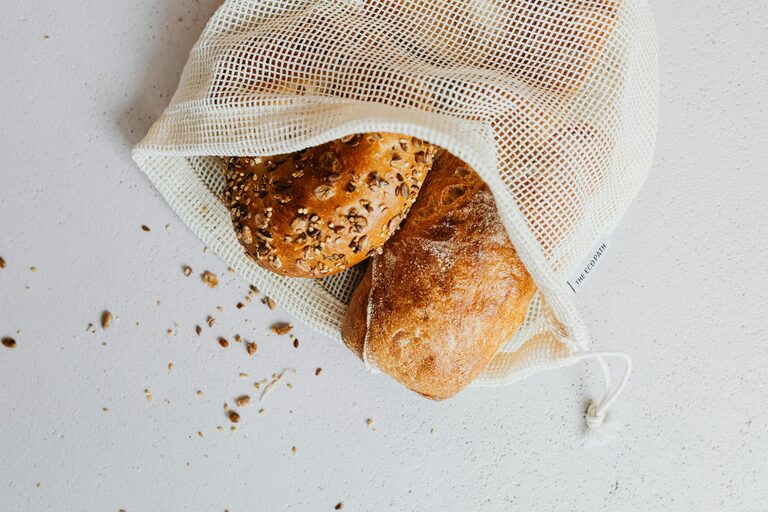
Planning meals from pantry staples is a smart way to save time, reduce food waste, and stretch your grocery budget. With a well-stocked pantry and some basic meal-planning strategies, you can whip up nutritious and delicious dishes without rushing to the store. Whether you’re new to cooking or just want to simplify mealtime, this guide will help you make the most of what you have on hand.
Why Plan Meals from Pantry Staples?
A pantry stocked with essential ingredients serves as the backbone for quick and flexible cooking. When you plan meals around what you already have, you:
– Save money by avoiding unnecessary purchases
– Reduce food waste by using older items
– Cut down on last-minute trips to the store
– Experience less decision fatigue with a clear plan
Step 1: Take Inventory of Your Pantry
Before you start planning, it helps to know exactly what you have. Spend a few minutes clearing out expired items and organizing your pantry. Group similar ingredients together, such as:
– Grains (rice, pasta, quinoa)
– Canned goods (beans, tomatoes, vegetables)
– Baking essentials (flour, sugar, baking powder)
– Spices and seasonings
– Cooking oils and vinegars
Write down or create a digital list of your pantry staples. This will be your meal-planning foundation.
Step 2: Identify Flexible Ingredients
Look for staples that can be combined in multiple ways. Some pantry favorites include:
– Canned beans (black beans, chickpeas, kidney beans)
– Rice and pasta
– Canned tomatoes or tomato sauce
– Broths or bouillon cubes
– Lentils and dried beans
– Oats and cereals
– Nut butters and canned tuna/salmon
These ingredients can be the basis of a variety of dishes, from soups and stews to salads and casseroles.
Step 3: Plan Balanced Meals
A balanced meal generally includes a protein, a carbohydrate, and vegetables or fruits. Use your pantry staples as the main ingredient, then supplement with fresh or frozen produce if possible. Here’s how to think about it:
– Protein: Beans, lentils, canned fish, nut butters
– Carbohydrates: Rice, pasta, bread, potatoes
– Vegetables: Canned, frozen, or fresh depending on availability
Even if you don’t have fresh vegetables, canned or frozen options can add color and nutrition to your meals.
Step 4: Use Simple Recipe Ideas
Here are some easy meals you can plan with pantry staples:
1. Bean Chili
Ingredients: Canned beans, canned tomatoes, chili powder, onions (fresh or dried), garlic powder
Method: Simmer beans with tomatoes and seasoning for a warming chili. Add canned corn or bell peppers if available.
2. Pasta with Tomato Sauce
Ingredients: Pasta, canned tomato sauce, olive oil, garlic, Italian herbs
Method: Cook pasta and toss with heated tomato sauce seasoned with garlic and herbs. Top with grated cheese if you have it.
3. Lentil Soup
Ingredients: Lentils, broth or water, canned vegetables, herbs
Method: Combine lentils, broth, and canned vegetables; simmer until tender. Add spices like cumin or paprika for flavor.
4. Tuna Salad
Ingredients: Canned tuna, mayo or olive oil, mustard, canned beans, chopped pickles (optional)
Method: Mix tuna with mayo and mustard, then toss with beans or greens for a quick salad.
5. Rice and Beans Bowl
Ingredients: Rice, beans, canned corn, salsa, spices
Method: Cook rice and beans; mix with corn and salsa for a simple, nutritious bowl.
Step 5: Batch Cook and Freeze
When possible, cook large quantities and freeze portions for busy days. Soups, stews, chili, and cooked grains freeze well and save time later.
Step 6: Keep a Running Shopping List
As you plan meals, note any fresh ingredients you need to complete the dishes. This helps avoid impulse buys and ensures you have what’s necessary to complement pantry staples.
Bonus Tips for Pantry Meal Planning
– Rotate pantry stock regularly to use older items first.
– Experiment with different spices to add variety.
– Keep a notebook or app to track your favorite pantry-based recipes.
– Store pantry items in clear containers for easy visibility.
– Pair pantry staples with frozen veggies for extra nutrients.
Conclusion
Meal planning using pantry staples is a practical and rewarding way to approach cooking. By taking stock of your ingredients and focusing on flexible, balanced meals, you can reduce food waste, save money, and enjoy delicious homemade dishes without stress. Start with what you have, plan simply, and discover how satisfying pantry-based meals can be!
Feel free to share your favorite pantry meals or tips in the comments below!






